The triangle formed by Serbia, Hungary and Romania is a key point for the more than 3,000 refugees migrating from Syria, Iraq or Afghanistan being trapped on this Balkan route, as warned by No Name Kitchen.
There are 175 kilometers of border between Hungary and Serbia, two countries separated by a double fence since 2015 something that, according to the Hungarian government, would serve to "control the flow of illegal immigration to the European Union". This measure means that migrants arriving in Serbia must first pass through Romania to reach Hungary and thus continue their journey with the intention of obtaining asylum.
This route called ‘the Triangle’ also does not guarantee to achieve this; many refugees are returned illegally - by hot returns - back to Serbia, being trapped for years on this migratory route to the Balkans. “We call it the Triangle; you go from Serbia to Romania, from Romania to Hungary and the police take you to Hungary and return you to Serbia”, say some migrants to No Name Kitchen (NNK).
"The more they close a migration route, the more alternative routes will emerge and the more migrants will have to risk their lives. A fence, a drone, a cold and heat camera, or a top-view EU helicopter, complicates everything”, says from No Name Kitchen Bárbara Bécares.
Northeastern Serbia: Subotica and Majdan
Subotica, a city in northern Serbia and ten kilometers from Hungary, and Majdan touching Hungary in the south and Romania in the west and a few kilometers from the border in both cases, have become the main scene of reception for to migrants arriving in Serbia.
NNK estimates that some 3,000 people are forced to cross borders to reach the Balkan route from Syria, Iraq, Afghanistan, Pakistan and India to seek international protection from the European Union. The organization believes that this figure will increase during the summer.
Due to the lack of legal and safe ways to seek asylum, migrants - mostly families with children - end up in refugee camps or living in abandoned houses.
Staying in Serbia is also not an option for migrants, as this country only accepts around twenty asylum applications a year.
The authorities of the European Union, in the spotlight
Violence against refugees by the authorities at border crossings is a constant denunciation of human rights organizations. From No Name Kitchen they warn of the blows with sticks in the legs and of the attacks of police dogs that suffer when they try to cross the border.
"If you hit him in the legs, the person who is trying to cross will be unable to jump again for a few days, and that is what they are looking for", said Bécares. In addition, in some cases, these attacks also occur against minors.
Romania, one of the countries in this triangle, has a mission from Frontex, the European Border and Coast Guard Agency. This agency is usually criticized by human rights associations for their actions against migrants.
Following the outbreak of war between Russia and Ukraine in recent months, Frontex sent 150 agents to help the Ukrainian population fleeing the border with Romania. Bárbara Bécares points out the difference in treatment according to the country of origin: "Refugees in Ukraine can move freely, so they are treating a person from that country completely differently from one from Afghanistan."
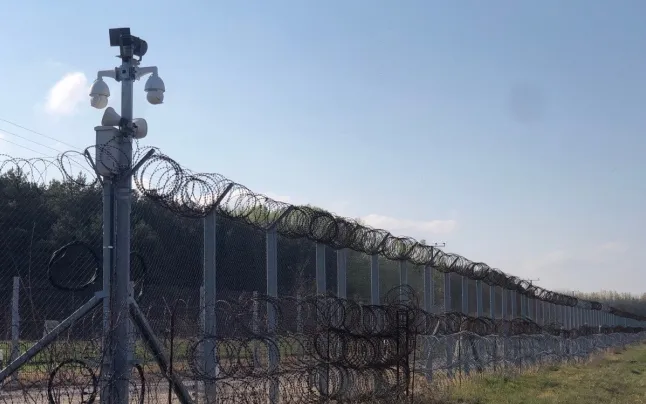
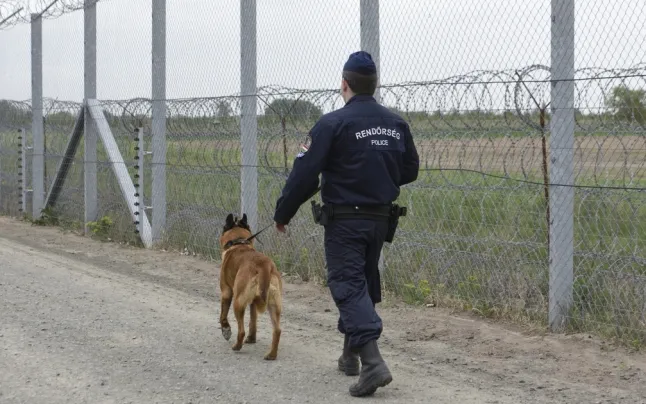
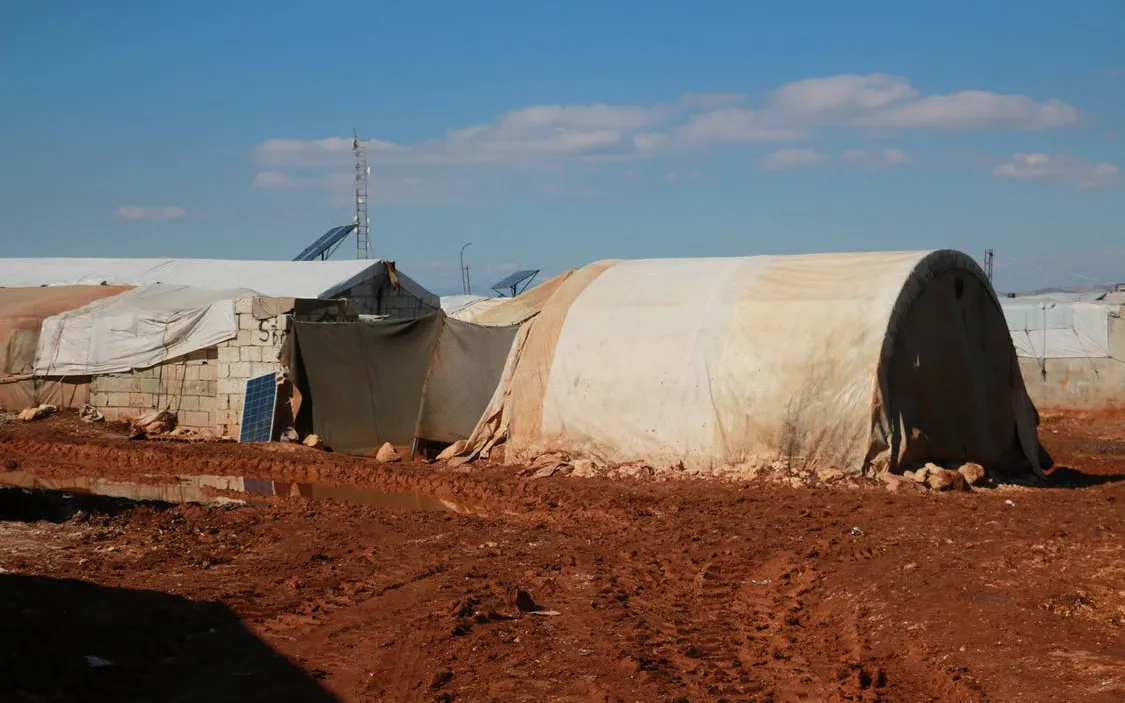


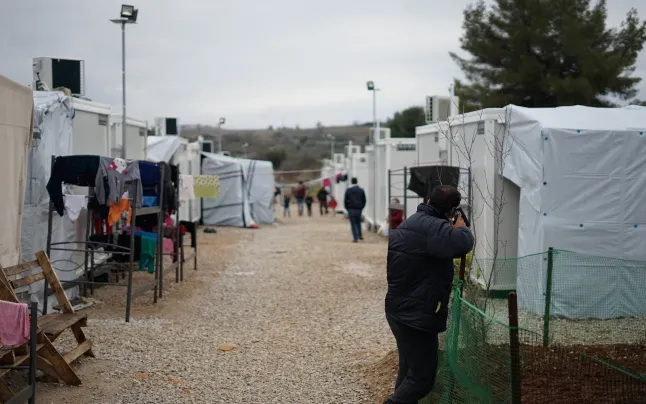
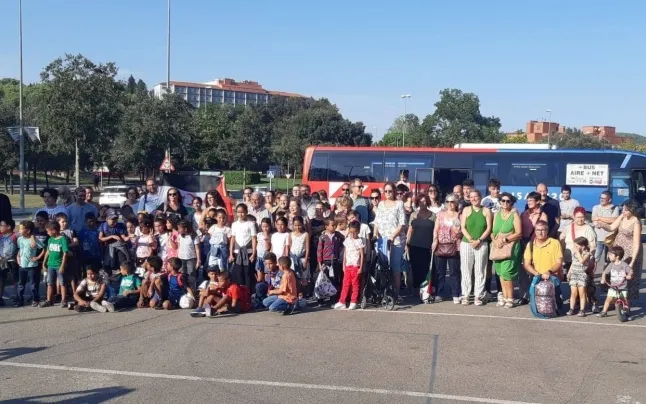
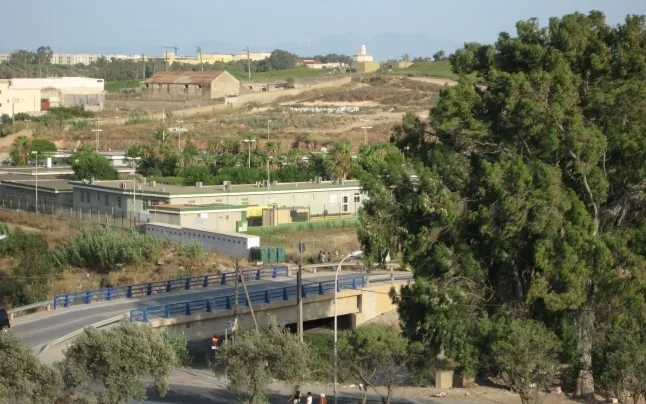
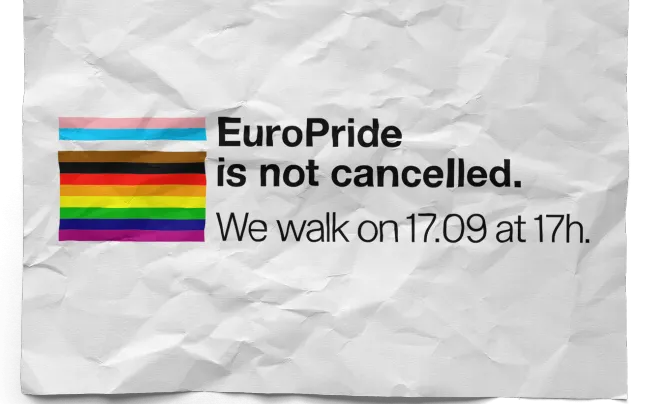
Add new comment